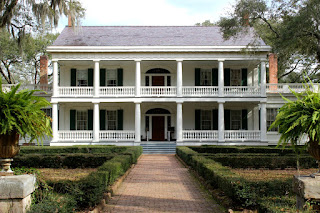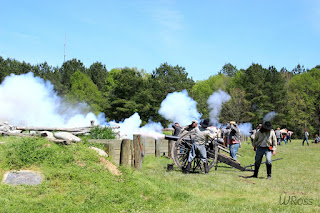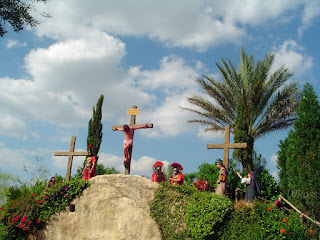When I was in school, I never had much interest in history. It seemed boring, archaic, and not relevant to me at all. My high school World History teacher’s methods only confirmed just how boring history could be!
Then I went to a Christian boarding school. Since I’d already had World History, I didn’t have to take it with my fellow sophomores (instead, I took American History with the seniors). The teacher my tenth grade classmates had was so dynamic in making history come alive, and in telling stories…I could hear her clear down the hall while I was in the library, studying!
By the way, the teacher I had for American History? While it’s true he mostly lectured (on a college level), I found it interesting…and even ranked among the top three in the class!
Fast forward to homeschooling my children. Now, just how was I going to make history come alive for them?
Living Books
First of all, instead of using dry textbooks, I am using living books, such as biographies.
What is a “living book”?
Living books are usually written by one person who has a passion for the subject and writes in conversational or narrative style. The books pull you into the subject and involve your emotions, so it’s easy to remember the events and facts. Living books make the subject “come alive.” They can be contrasted to dry writing, like what is found in most encyclopedias or textbooks, which basically lists informational facts in summary form. (Simply Charlotte Mason)
One of our favorite resources for living history books is Heritage History. Another favorite resource is Salem Ridge Press. Another excellent resource for living book suggestions is TruthQuest History. One recent Crew review was for YWAM Publishing; they also offer great books which can be used for history.
Videos
Another resource we utilize is the use of videos. In fact, I think videos were the number one source of history information for my oldest, along with documentaries on the History and Discovery Channels.
I have subscriptions for both Netflix and Amazon Prime, so I search them both for videos on what ever time period or historical topic we are currently discussing. For example, this year my 10th grader is covering world history (we’ve already covered ancient history), so I have videos lined up in my Netflix queue about the middle ages, World Wars 1 & 2, the Depression, even the Korean and Vietnam Wars. I’m sure you can also find videos by searching on YouTube.
Timelines
Don’t underestimate the use of timelines. They help complete a picture in your child’s mind of just when events took place, and when these people they read about actually lived in history.
We use a simple, free Book of the Centuries from Simply Charlotte Mason.
Hands-on Projects
History can also come alive with hands-on projects. Perhaps your child would like to:
- Create a castle out of apple boxes, paper towel tubes, etc. Or using Legos.
- Sew costumes: soldiers’ uniforms from the Revolutionary or Civil War; period dresses; costumes from the medieval period.
- Create weapons from various time periods.
- Sample recipes from the time period you’re studying.
Field Trips
Field trips are the “icing on the cake!” If you really want to make history come alive, take them out on field trips. Take them to Civil War Re-enactments. I’ve heard there are Revolutionary War Re-enactments, too; some day I hope to take my boys to one.
Take them to places like Jamestown, Williamsburg, Kitty Hawk, Castillo De San Marcos (the oldest fort in the United States) and other old forts, plantation homes, ancient Indian mounds, or whatever living history sites there are near you. Be sure to include trips to museums, and events such as Renaissance Festivals. Visit the National Parks, too.
Remember to document those projects or field trips by taking photographs. That way you can include them in your child’s portfolios.
Wendy is a wife, and mom of four, ages 13-24. She spent several years working as a nurse’s aid, then earned her BA degree in Visual Communications: Graphic Design a few years ago. Besides homeschooling and blogging, she enjoys photography, reading, and writing, and above all, spending time with her family. This is her 19th year home educating her children. She blogs at Life at Rossmont, and you can connect with her on Facebook, Twitter, Instagram, and Pinterest.







